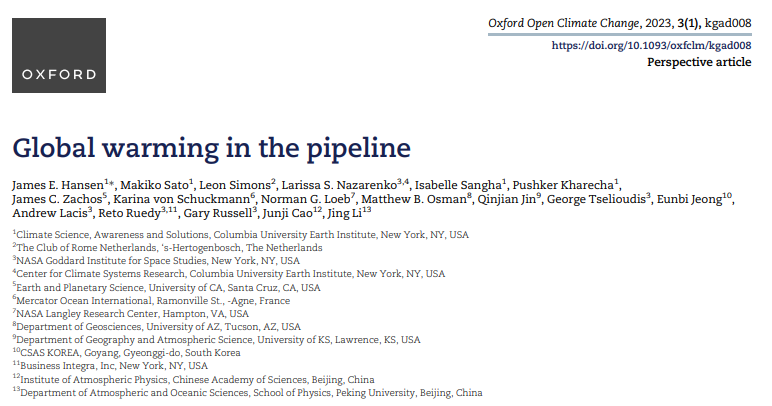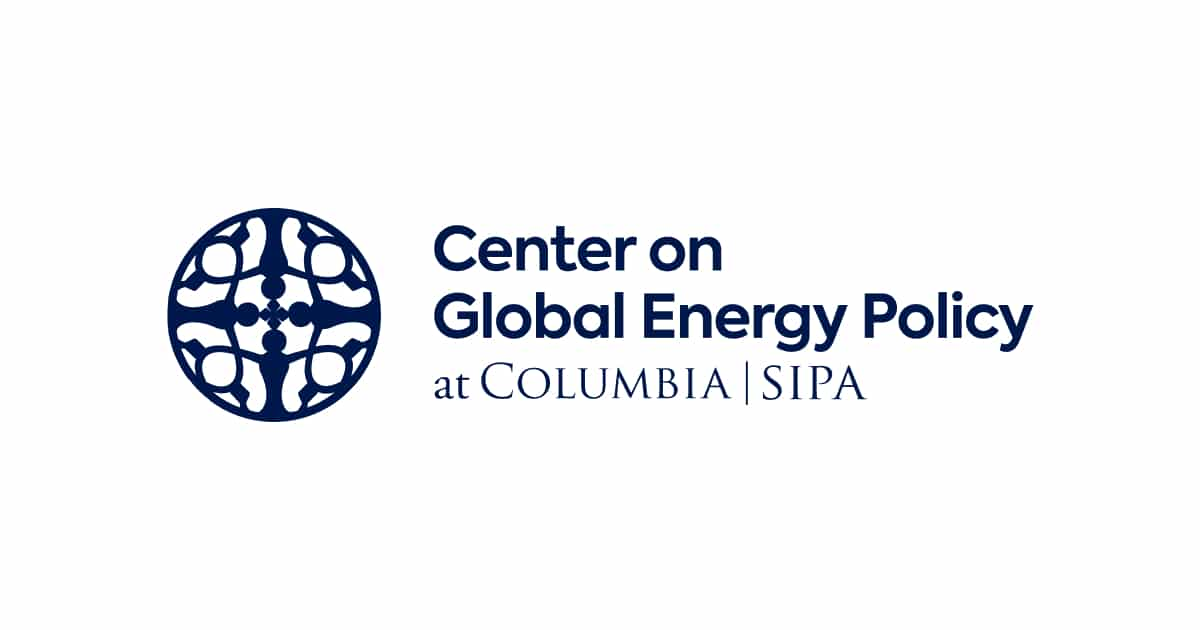The paper Global Warming in the Pipeline argues the urgent need for comprehensive action to combat global warming and lessen its possible effects on societies and ecosystems. In this sense, it underlines the necessity for global cooperation and policy measures to transition towards sustainable energy sources and lower carbon emissions. In summary, it claims the need for proactive and coordinated efforts to handle the challenges of global warming and its potential impacts on societies and ecosystems.
Moreover, it argues that the Intergovernmental Panel on Climate Change (IPCC) has underrated climate sensitivity and downplayed the potential for significant sea-level rise. The authors conclude that climate sensitivity and impending warming exceed the IPCC’s highest estimates. Thus, they underscore the need for immediate actions to curb and reverse global warming, including cutting greenhouse gas emissions as quickly as feasible.
In addition, it explores the climate system’s delayed response and the potential effects of the more significant warming already “in the pipeline.” The authors advocate for a return to Holocene-level global temperatures and suggest specific strategies to confront the challenges global warming presents. They provide a novel assessment of climate sensitivity and its future implications on global warming and its impact on the environment and society.
Key Findings on Global Warming in the Pipeline
- Earth System Sensitivity (ESS): Introduces the concept of Earth System Sensitivity, providing a new evaluation of climate sensitivity.
- Climate Response Time: Illuminates the complexities of climate dynamics and potential delays in surface warming by analyzing the rapid feedback response time of Earth’s temperature and energy imbalance to external forces.
- Historical Climate Trends: Examining temperature changes over the past 66 million years and the inference of the Cenozoic history of CO2 offer insights into long-term climate trends.
- Need for Comprehensive Approaches: Underscores the importance of comprehensive climate mitigation strategies, including reducing greenhouse gas emissions and implementing additional actions to influence Earth’s energy balance.
Methods
The paper utilizes various methods to analyze and present its findings, including:
- Paleoclimate Data Analysis: Evaluating Earth’s climate sensitivity and future warming using paleoclimate data, the authors examine temperature changes over the past 66 million years and draw from the Cenozoic history of CO2 for insights into climate change.
- Earth System Modeling: Simulating the climate system’s response to changes in atmospheric composition through Earth system models, the authors assess potential impacts of significant sea-level rise and ocean overturning circulations.
- Data Visualization: Numerous figures and graphs present data on global energy consumption, CO2 emissions, and other variables, making the information more reader-friendly.
Evidence
The Global Warming in the Pipeline research article includes a fresh evaluation of climate sensitivity and warming in the pipeline, concluding that these exceed IPCC’s best estimates. Likewise, it discusses the response of ocean circulation and ice sheet dynamics to global warming. Emphasizing that the world is still in the early stages of this ‘vast geophysical experiment’ and that urgent actions should be taken to slow and reverse global warming. In the 1800s, the discovery that greenhouse gases warm the Earth’s surface occurred. Greenhouse gas quantities fluctuate naturally due to human activities. Carbon dioxide levels in the atmosphere have reached unprecedented heights. Despite the necessity to alter the energy course, the fossil fuel industry denied its necessity.
Key data points:
- Enhanced knowledge of global temperature change indicates a sensitivity of 4.8°C for doubled CO2.
- CO2 levels were between 300 and 350 ppm during the Pliocene and approximately 450 ppm when transitioning to an ice-free planet.
- The equilibrium global warming for today’s greenhouse gas (GHG) amount is 10°C, which is reduced to 8°C by aerosols.
- A quick phaseout of GHG emissions could prevent most equilibrium warming.
- Since 2010, the decrease in aerosol emissions should heighten the global warming rate.
- Global warming is projected to surpass 1.5°C in the 2020s and 2°C before 2050.




